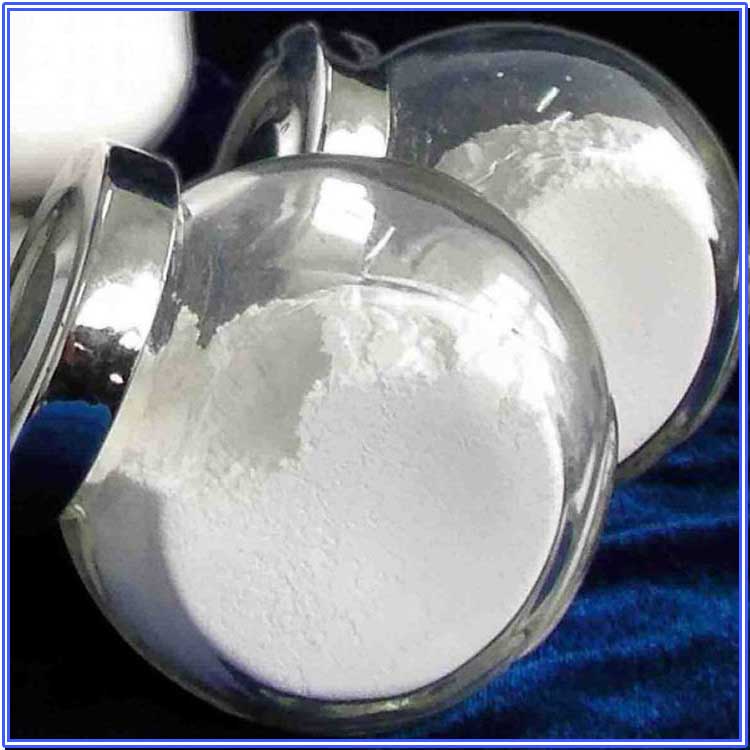Direct calcination method
Hebei Messi Biology Co., Ltd. stated that this method is to directly calcine magnesium salt or magnesite at high temperature to obtain magnesium oxide. Magnesium carbonate pentahydrate (4MgCO3·Mg(OH)2·5H2O) and magnesium hydroxide were calcined at 450°C for 3h to obtain magnesium oxide products with average sizes of 9nm and 4.8nm, respectively. The direct calcination method is simple in process, has low requirements on equipment, and is easy to industrialize. However, this method is not easy to regulate the morphology of magnesium oxide.

Ammonium leaching method
This method is to react the product obtained after calcining dolomite with an ammonium salt solution, filter the filtrate, react it with ammonia water to obtain Mg(OH)2, and calcine Mg(OH)2 to obtain magnesium oxide. Huang et al. used calcined dolomite as the magnesium source and ammonium sulfate as the leaching agent. Under the conditions of (NH4)2SO4:MgO molar ratio of 1.8:1, volume of distilled ammonia of 350mL, and calcined dolomite dosage of 20g, the magnesium leaching rate reached 96.81%. The obtained Mg(OH)2 was calcined at 500~1000℃ to obtain magnesium oxide with a particle size of 12.4~42.2nm. The ammonium leaching method produces ammonia gas during the experiment, which can be used as a precipitant for the subsequent magnesium precipitation step after being recovered with water, forming a closed-loop process and recycled. The purity of the obtained magnesium oxide is also high. However, the choice of ammonium salt leaching agent is expensive and the process flow is long.
Acid leaching method
This method is to crush the magnesium-containing ore, immerse it in sulfuric acid or hydrochloric acid solution to obtain MgSO4 or MgCl2, use a precipitant to obtain MgCO3 or Mg(OH)2 precipitation, and calcine the precipitate to obtain magnesium oxide. Commonly used precipitants include Na2CO3, NH3·H2O, (HN4)2CO3, NH4HCO3, etc. Serpentine is used as the magnesium source and sulfuric acid is used as the leaching agent. When the ore particle size is 75μm, the sulfuric acid concentration is 40%, the reaction temperature is 95℃, and the reaction time is 3h, the magnesium leaching rate is 98.40%. Then, NH4HCO3 is used as the precipitant, and when the molar ratio of magnesium to ammonium carbonate is 1:2, the initial concentration of the reactant C (Mg2+) = 0.5mol/L, the reaction temperature is 50℃, the reaction time is 50min, the pH of the reaction solution is 9.5, and the amount of the additive CXC-13 added is 1% (mass fraction) of the total system, MgCO3·3H2O whiskers are obtained, and the obtained MgCO3·3H2O is calcined at 600℃ for 2h to obtain magnesium oxide. The acid leaching method is simple to operate, has low equipment requirements, and is low in cost. It is particularly suitable for processing low-grade ores. However, some impurity ions will enter the solution during acid leaching, and the leaching solution needs to be subsequently treated to remove impurities to improve the purity of the product.
Carbonization method
This method is to digest the material obtained after calcining the magnesium-containing ore to generate Mg(OH)2 suspension, then carbonize it to obtain Mg(HCO3)2, pyrolyze it to obtain basic magnesium carbonate, and finally calcine it to obtain magnesium oxide. Gan Yu et al. used dolomite as the magnesium source, and prepared high-purity magnesium oxide with a MgO content of 99.56% at a digestion liquid-solid ratio of 10mL/g, a temperature of 60℃, a stirring speed of 500r/min, and a reaction time of 1h; a carbonization liquid-solid ratio of 30mL/g, a temperature of 25℃, a stirring speed of 600r/min, a carbonization time of 1h; and pyrolysis at 90℃ for 1h. The carbonization method has strong selectivity, is not easy to corrode equipment, is easy to control, has a simple process, and has stable product quality. In addition, the CO2 used in this method is low in cost and has a wide source. This method is suitable for industrial production and has great development prospects.
